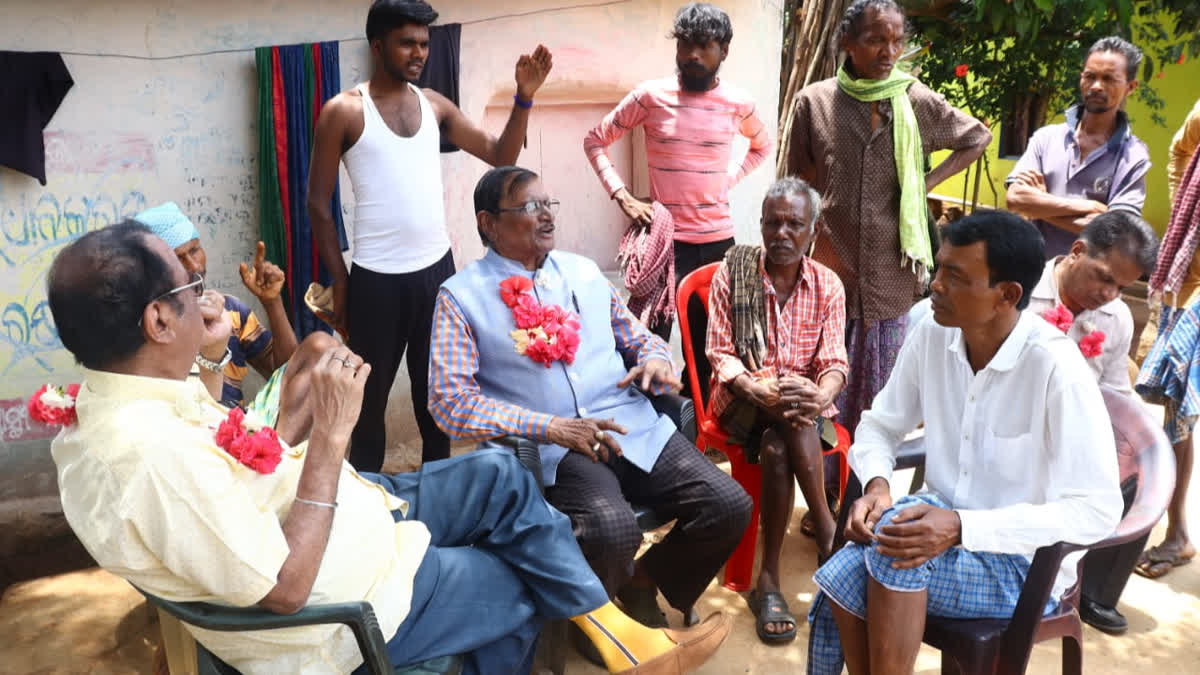Koraput: Odisha's Koraput district, which is known for its naturally-dyed cloth, coffee, ginger, turmeric, strawberry and country broom, will now bring its glorious history to the limelight. A project has been taken up to revive kerang, the bark cloth of Gadaba tribe, which is becoming almost extinct.
Sanjeev Hota, member of Odisha branch of Indian National Trust for Art and Cultural Heritage (INTACH) and former district magistrate of Koraput said that the innovative project to revive kerang is heading towards success. The attempt to restore the almost extinct kerang textiles and planting of Kerang trees to provide natural dyes has helped in reviving the traditional weaving of the Gadaba tribe, he added.
Hota said that the weavers in Gadaba community are now able to weave four new garments using their traditional devices due to support and guidance provided by the senior staff of Odisha state Branch and district unit of INTACH. The Gadaba tribe in Kangrapada, Godihanjar, Suelpada and Raipada of Lamtaput block have been working continuously for last one year in this intiative. Now, samples of these four garments will be sent to the INTACH office in Delhi and discussions will be held on taking the project to the next phase.
Kerang fabric has been known for its longevity. The same piece of cloth was used by women for three to four generations. The Gadaba tribe living in Koraput district, especially in Pattangi, Nandapur and Lamtaput blocks, used to weave clothes made from the bark of kereng tree. But, the use of this traditional cloth and the thread used for weaving it has decreased in the last few years.
Anil Dhir, a cultural researcher of the state said that several kereng trees were destroyed in forest fire and many weaving stations were hit. While studying the art and culture of tribes in Koraput district last year, INTACH experts apprehended that the kerang cloth was about to become extinct.
Also Read: Scientists develop fabric that can turn wearer's movements into electricity
Following which, a project was launched for the recovery of this traditional garment, Dhir said. Under this, efforts were taken to protect and plant kerang trees in the forest, repair the weaving stations and increase production of kerang natural fabric.
Dhir said that efforts will be made to establish contacts with various institutions to ensure a market for the existing products. He said that this cloth was not simply a fabric but symbolised a culture that has existed for 100 years in which threads extracted from the fibers of the kerang tree are woven into special fabrics.



